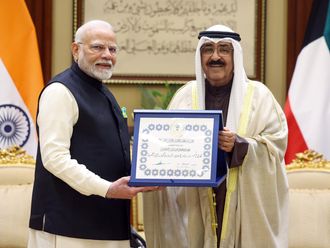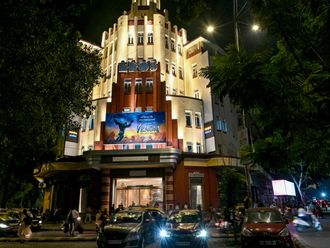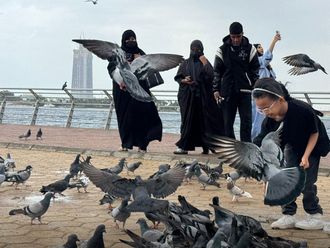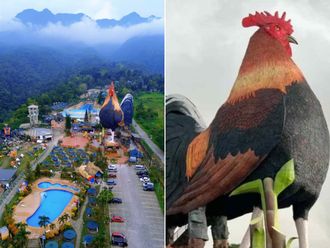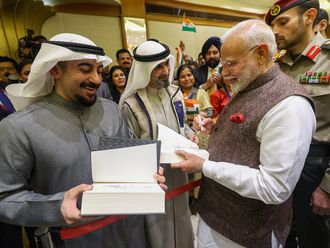
Kolkata: The Northeast Frontier Railway’s (NFR) Construction Organisation has started building the world’s tallest girder rail bridge at Noney in Manipur.
The bridge is part of the proposed 125-kilometre Jiribam-Tupul railway line to connect Imphal, the capital of Manipur, which is 780 metres above sea level, with the broad gauge network of the country. The alignment of the railway line passes through steep rolling hills of the Patkai region, the eastern trail of the Himalayas.
“This bridge near Noney in Manipur will have pillars rising up to 141 metres. This bridge is slated to become the tallest in the world from the point of view of pillar height, surpassing the existing tallest, the Mala-Rijeka viaduct, on the Belgrade-Bar railway line in Europe where the height of pillars is 139 metres.” NFR senior public relationship officer D. Borah, said.
The railway route here has to traverse through a number of deep gorges and over several rivers flowing at low ground levels. While the high mountains are penetrated by constructing tunnels, the deep river gorges between the mountain ridges are connected by tall bridges.
As a result, Indian Railways has to construct 46 tunnels measuring a total of 54.5 kilometres in length and tall bridges to maintain a suitable gradient for efficient operation of railway services. The longest tunnel will be 10.75 kilometres — between Tupul and Imphal.
Construction of the railway line on such mountainous terrain is considered an engineering marvel, and may pose high risks as the area is prone to earthquakes and flash floods.
“An expert committee had been formed by the railways to study the geographical layout of the route including arrangements of tall bridges, considering the parameters like the length of span, type of span, location of the piers, constructability, serviceability, geological features, possible tectonic [continental plate] and [earth] movement,” Borah said.
“Based on the recommendations of the expert group, it was decided that the main superstructures will be of steel open web through type girders of 103.5 metres span. The pillars are of reinforced cement concrete hollow type with the tallest pillar being 141 metres high. The height of other piers of this bridge varies from 50 to 90 metres.
Envisaged in the 2003-2004 central budget, the Jiribam-Tupul-Imphal railway project has missed two deadlines, and not even a third of the construction has been completed, but Railway officials say that they have so far completed seven of the 46 tunnels on the project, with the NFR confident of completing five more in the current year.
“We want to complete the Jiribam-Tupul 84-kilometre section by March 2016 in the first phase. This portion will require 1,310 hectares of land out of which work is in progress on 1,263 hectares. There will be 112 minor bridges and six major bridges, out of which 52 minor bridges have been already completed,” the NFR official said.
The entire project is targeted to be completed by 2018, with the officials hoping to complete the first-phase of 84 kilometres by 2016.
This railway link will not only be an engineering marvel, but will also end the isolation of the people of Manipur with the rest of the country.
“This will be crucial for the development of Manipur and whole of northeastern region. Once completed the state will feel like a part of main stream India which will help us grow and most importantly end the mental distance,” said Manik Sarkar, chief minister of Manipur.


